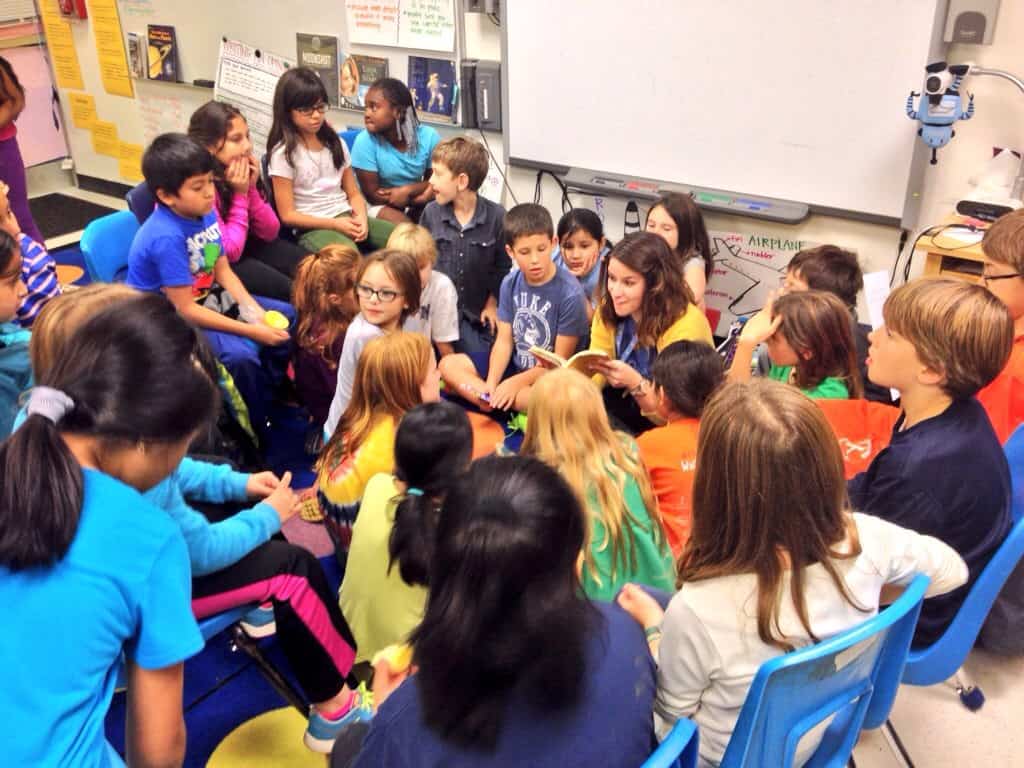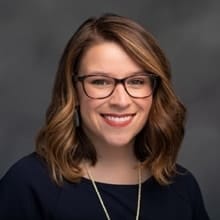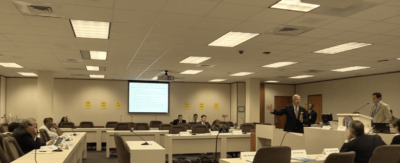Debates around closing the achievement gap have circled for many years, yet as a nation — and especially as a state — we continue to struggle with inequity in our schools. With this important topic begging for resolution, I must ask:
Does the main issue lie with an achievement gap or an opportunity gap?
Achievement vs. Opportunity
The Glossary of Education Reform explains the difference between achievement and opportunity through the lens of outputs and inputs: achievement focuses on the outputs, or the inequitable distribution of educational benefit (i.e. test scores), whereas opportunity focuses on the inputs, or the inequitable distribution of resources or opportunities. Continually trying to close an achievement gap is akin to prescribing medication for a disease before getting a diagnosis. Achievement is a symptom, opportunity is the sickness.
In order to change student achievement, we must first change student opportunities.
Many have heard of the “Thirty Million Word Gap” study, in which researchers Betty Hart and Todd Risley of the University of Kansas entered the homes of 42 families of varying socioeconomic status to assess how interactions with children lead to vocabulary development. Their findings were part of a larger study, and showed that in professional homes children heard more than 2,150 words an hour while their peers in less affluent homes heard about 600. In addition to the sheer amount of words spoken, there was also a disparity found in the messages conveyed (encouraging or discouraging), both of which have proven to have lasting effects on children.
According to Dale Walker’s follow-up research in 1994, great vocabulary gaps in preschool predicted third grade performance on language assessments, meaning that children who are not interacting with language on a regular basis both at home and at preschool early in life end up demonstrating academic disadvantages in the classroom later on. Twenty years later, EdWeek published an article in 2015 highlighting again that the problem is not simply one of the quantity of words children hear, but the quality of their engagement with rich language.
If we know that vocabulary development is tied to reading comprehension, and the more a child reads the better (s)he is at writing (and vice versa), then changing the level of achievement ultimately means giving students as many opportunities to engage with language as possible. This might mean that teachers have students participate in more interactive read alouds or use TPR stories in teaching new vocabulary to students at the start of a unit. Having students regularly talking with partners about topics and text-based questions also allows for language development and thought formulation. According to an article published by ASCD in 2010, a multi-faceted approach to teaching language (reading, writing, listening, discussion, performance, etc.) gives students the chance to learn more vocabulary in a shorter period of time while also giving them context for the words.
Closing the Gap: A Two-Way Street
In North Carolina, we’re seeing these gaps continue to worsen in cities across the state. In an Education Equality Index study from March 2016, North Carolina has the fastest growing achievement gap in the nation, with Raleigh and Durham having achievement gaps greater than 90 percent of other major US cities.
To close the gaps in both achievement and opportunity for our children, it is imperative that schools work closely with families to ensure student success.
For educators, it’s about stepping back when a child experiences behavior struggles to ask him what’s really wrong. It’s about stepping back when a child doesn’t turn in a single assignment for the semester to realize that she’s taking care of her younger siblings every night while her single parent is working a second shift. And then it’s about stepping in.
We must meet children where they are. We must be aware of all the circumstances our precious students encounter regularly and show grace in moments of hardship. We must engage with families, sharing resources with them to improve conversations at home.
Making time for meaningful conversation whenever possible is key in the classroom and at home. Ask your student/child about what he is reading. Ask your child about the things that interest her. Dr. Dana Suskind, founder and director of The Thirty Million Words Initiative out of Chicago, tells families to think of the Three Ts:
- Tune In – Pay attention to the things your child is communicating to you
- Talk More – Use descriptive words to help build your child’s vocabulary
- Take Turns – Encourage your child to respond to your words and actions
Teaching children is a complex task only compounded by the level of investment we must make in the lives of our students. We must bridge the gap between a child’s opportunity and his/her achievement, one conversation at a time.
“The more that you read, the more things you will know.
The more that you learn, the more places you will go.ʺ — Dr. Seuss



